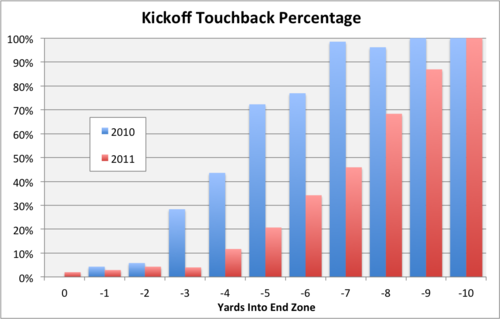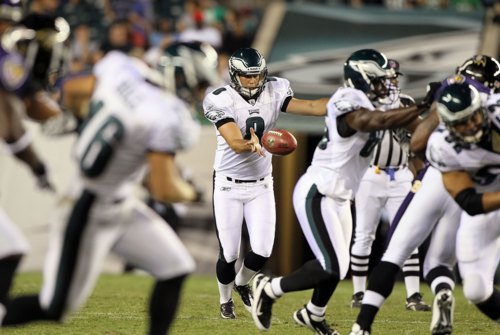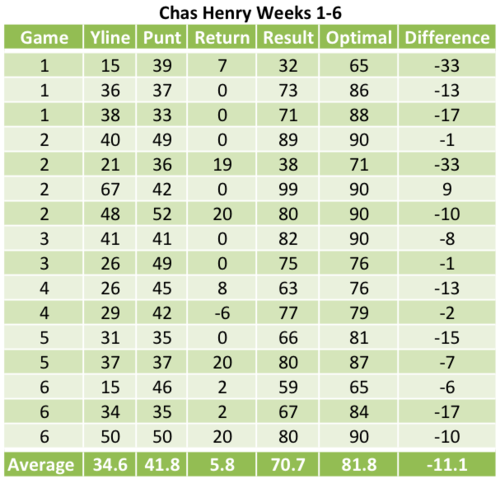What the Eagles did: The Eagles love to load up on wide receivers in the offseason, mainly (I assume) to take up all the tiring practice repetitions running up and down the field, working on routes with the quarterbacks. Right now they have 14 wideouts on the roster, most of whom we probably don’t need to worry about learning their names.
There are really only six receivers who, barring injury, are competing for regular season jobs, and the top three are already set. Dave Spadaro reports that DeSean Jackson is acting Iike a totally different man at the NovaCare complex now that he has a new contract. Prorated over the three games he missed due to injury, Jeremy Maclin would have had 78 receptions for 1,057 yards and 6 TDs last year. Hopefully a healthy offseason will allow him to top those numbers. Meanwhile, Jason Avant posted his best numbers at age 28 last season, so you can pencil him in the slot once more.
However, this great core group of wide receivers still has a major weakness: red zone production. All three are at their worst in that area of the field — which is why, not for the first time, we’re looking to some bigger wideouts to step up in that area.
First up is the holdover Riley Cooper. Due to injuries, the Eagles actually gave Cooper a lot of snaps last year, 330 according to Pro Football Focus. Yet ‘Sunshine’ did little to justify those extra looks. So in the draft this year, Howie Roseman added some competition for that big receiver job we’ll affectionately call the honorary Hank Baskett role. Marvin McNutt, the Eagles sixth round pick out of Iowa, has a similar build and athleticism as Cooper. It will be interesting to see if he can displace the other big man.
What I would have done: Bringing on another big wide receiver was necessary, considering Michael Vick’s strengths and Cooper’s lack of production. But I would have also liked to see the Eagles draft a multidimensional threat to supplant the bland Chad Hall. Hall has value on this team as a trick play threat and backup kick returner, but the team could have found someone with more speed and explosiveness to fill that role. Brandon Boykin will have a lot on his plate at cornerback in his rookie year, but I wonder if he could fill in on offense as well, like he did in college.
Way-too-early prediction: The Eagles might be able to stretch their roster to accommodate six receivers, as they did last year due to injury. If not, I’m unsure which of the three backups could see the door. McNutt would certainly have trouble being worse than Cooper as a wide receiver, but he’ll have to replace him on special teams as well, which might be harder to do. Then there’s Chad Hall, whom Andy Reid just can’t seem to cut loose. My prediction would be that Cooper is let go, but that’s not one made with very much confidence.

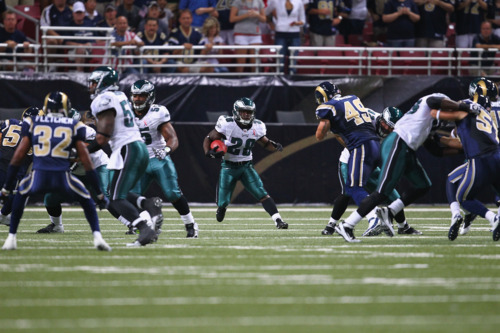
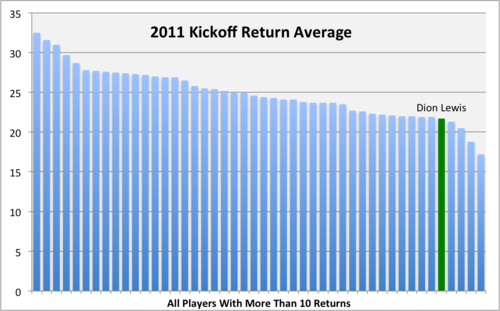
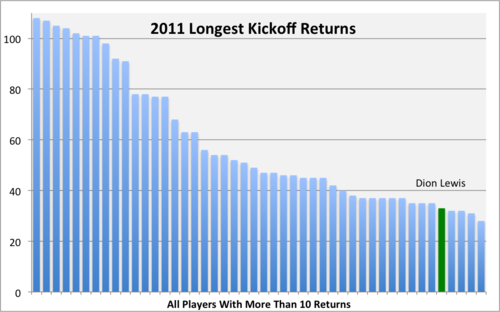
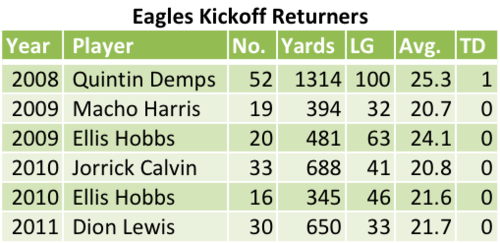 It’s worth pointing out that this isn’t a problem solely related to the rookie from Pitt. Lewis is only the latest in a string of poor kick returners, who you can see at right. He was actually better than Jorrick Calvin. Quintin Demps, back in 2008, was the last above-average returner the Eagles employed. It would be nice to see the Eagles try to correct that in 2012, although I won’t be holding my breath.
It’s worth pointing out that this isn’t a problem solely related to the rookie from Pitt. Lewis is only the latest in a string of poor kick returners, who you can see at right. He was actually better than Jorrick Calvin. Quintin Demps, back in 2008, was the last above-average returner the Eagles employed. It would be nice to see the Eagles try to correct that in 2012, although I won’t be holding my breath.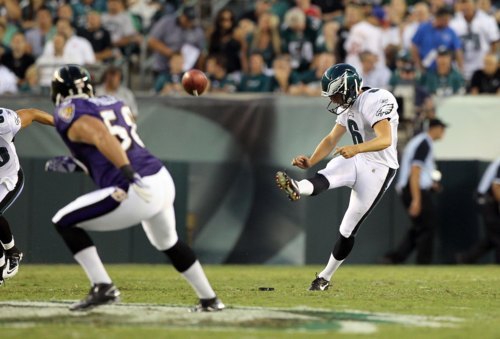
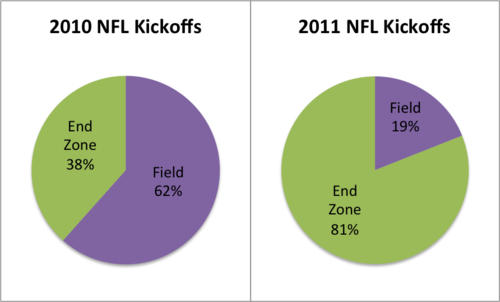 Just how much did those extra five yards help the kickers? Check out the graphs at right.
Just how much did those extra five yards help the kickers? Check out the graphs at right.